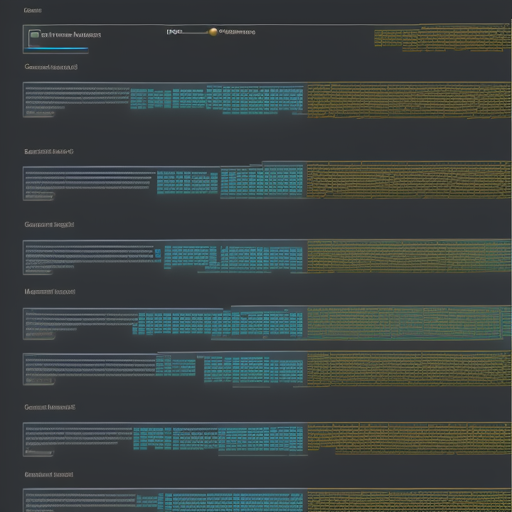In the ever-evolving world of natural language processing, fine-tuning models can make a significant impact in improving their performance. In this article, we will explore how to fine-tune the mT5-small model on the MLSUM dataset, specifically focusing on the German language. We’ll break it down in an easy-to-follow manner, making sure you have all the tools and insights needed to achieve exceptional results.
Understanding the Dataset
The MLSUM dataset provides a rich collection of German articles suitable for summarization tasks. When using the mT5-small model, we want to ensure that our training data is curated to yield the best results. For our purposes, we’ll filter the articles to only include those under 384 words, creating a streamlined and manageable dataset.
Filtering the Dataset
To filter the dataset effectively, we will leverage the following expression:
dataset = dataset.filter(lambda e: len(e[text].split()) < 384)This little bit of code acts like a sieve, allowing only articles with fewer than 384 words to pass through. Imagine you are a librarian sorting out books; you only want the short reads on your shelf—this code does just that with our dataset.
Fine-Tuning the Model
Once we have our dataset ready, the next step is to fine-tune the mT5-small model. Here’s what to keep in mind:
- Epochs: Train for 3 epochs to allow the model ample opportunity to adjust its parameters.
- Input Length: Set a maximum input length of 768 tokens to accommodate the articles we wish to summarize.
- Target Length: Define a target maximum length of 192 tokens for the output summaries.
Evaluating the Model
After fine-tuning, we need to evaluate our model's performance. We will use 2000 random articles from the validation set and measure the results using the F1 and ROUGE scores. Here’s how our model stacks up:
Model Rouge-1 Rouge-2 Rouge-L
------------- :-------: --------: -------:
mt5-small 0.399 0.318 0.392
lead-3 0.343 0.263 0.341
The mt5-small model outperforms the basic lead-3 baseline in all evaluated metrics, showcasing the power of fine-tuning on a specific dataset.
Troubleshooting Common Issues
While fine-tuning your model, you may encounter some common challenges. Here are a few troubleshooting tips:
- Training Stalls: If training seems to stall or does not converge, consider adjusting your learning rate.
- Overfitting: Monitor validation scores closely; if they worsen while training scores improve significantly, it might be time to apply techniques like dropout or early stopping.
- Memory Issues: If running into memory issues, investigate reducing the input size or batch size.
For more insights, updates, or to collaborate on AI development projects, stay connected with fxis.ai.
Conclusion
By following these steps, you're well on your way to fine-tuning the mT5-small model for summarizing German texts using the MLSUM dataset. At fxis.ai, we believe that such advancements are crucial for the future of AI, as they enable more comprehensive and effective solutions. Our team is continually exploring new methodologies to push the envelope in artificial intelligence, ensuring that our clients benefit from the latest technological innovations.

